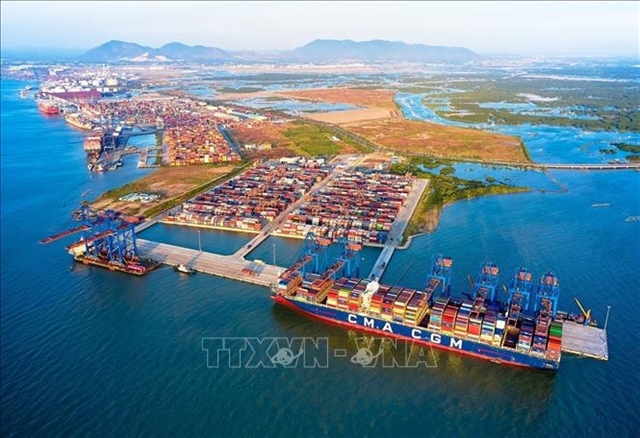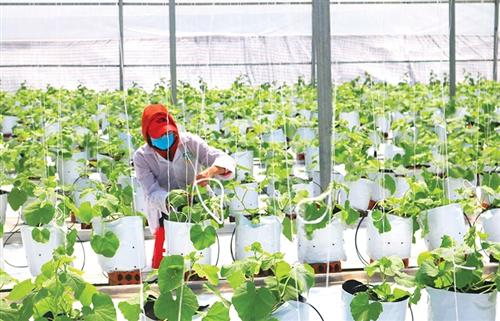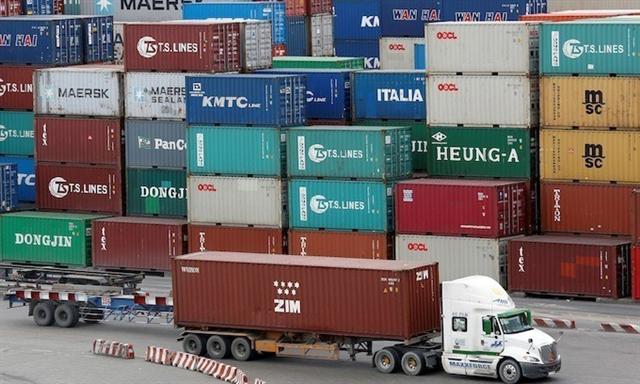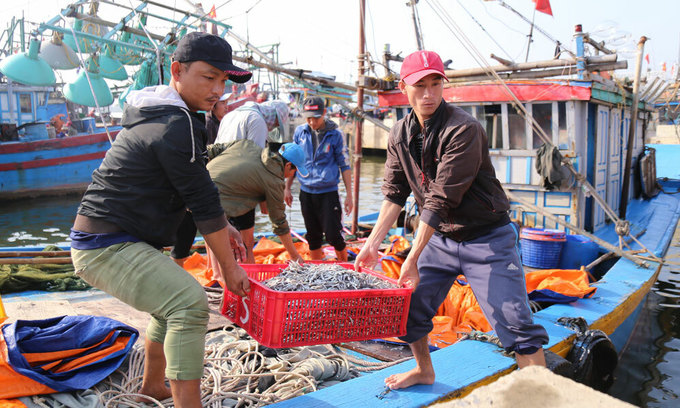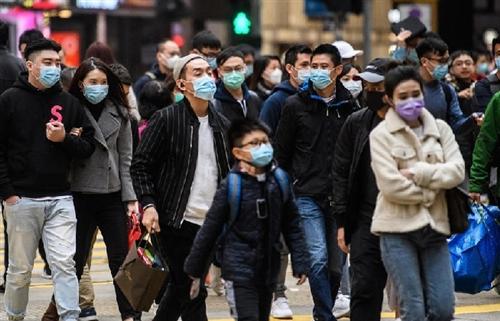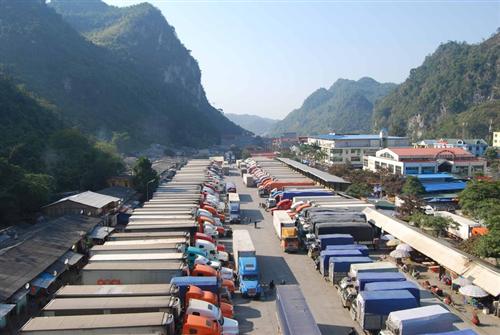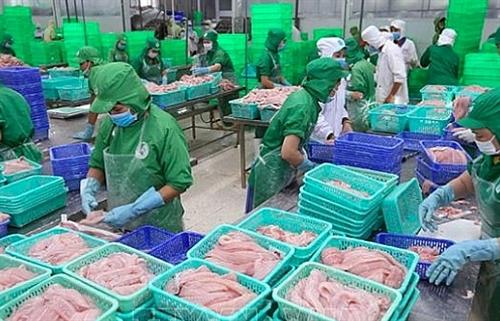Vietnam continues to operate China cargo trains
Vietnam continues to operate China cargo trains
With Vietnam-China freight trains continuing operations while passenger trains are suspended over the novel coronavirus outbreak, railway staff function under new standard operating procedures.

The station guard and other staff wear medical face masks as a train returns to Lao Cai Station Saturday in the northern province of Lao Cai from China on Saturday. As the Covid-19 epidemic rages and is yet to be brought under control, all passenger trains between Vietnam and China have been suspended to prevent infections from spreading, but freight trains are still operating on two routes, Lao Cai-Kunming, and Lang Son-Nanning. On the Lao Cai-Kunming route, there were eight daily trains going to and from on a six-kilometer section, but these days, there are just two.
|

As the train is about to enter Vietnamese territory, Tran Van Huong, a checkpoint staff at the Lao Cai International Border Gate hops on for an inspection, dressed in protective gear including a coat, face mask and gloves. He will inspect the IDs of those on the train as well as of the railway staff to make sure no one enters Vietnam illegally.
|
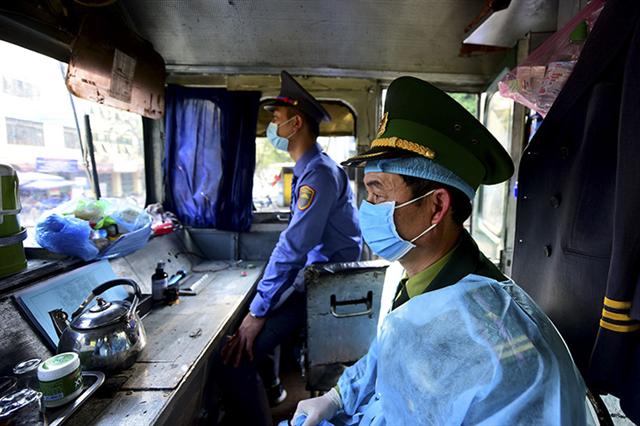
Huong (right) is in charge on the train until it arrives at the Lao Cai Station. He is one of four staff working on the train, and all of them wear masks all the time.
|

A train returns to Vietnam with 23 cars carrying 837 tons of goods and commodities, including fertilizers. It had left Vietnam taking sulfur and iron ore to China. On February 2, the Vietnamese government had suspended all trains between Vietnam and China, but a week later, allowed cargo trains to resume, asking the Vietnam Railway Authority and the Vietnam Railways Corporation to coordinate with border authorities and carry out surveillance and epidemic prevention measures on trains crossing the border. At the Lao Cai station, three railway tracks are being used by cargo trains.
|

As the train comes to a complete stop, a sanitation staff sprays it with disinfection all over.
|

The four people manning the train get off wearing masks. Aged 28-53, they have volunteered to take the train to China and back, well aware of the Covid-19 outbreak in China. The four will work continuously for two weeks before they are quarantined for 14 days and another group of four will replace them.
|
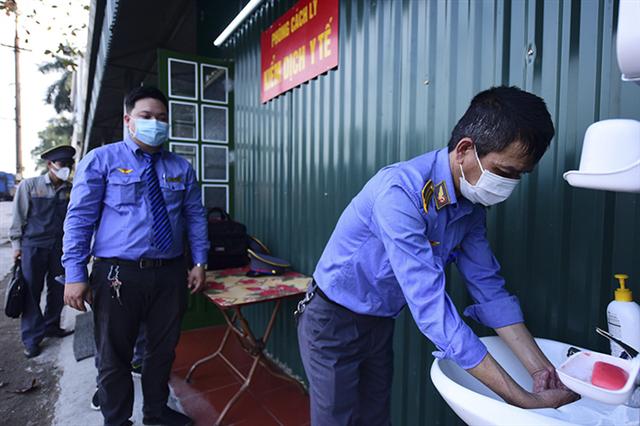
The first step on returning to Vietnam is for the staff to clean their hands thoroughly with soap before moving to an isolated room for health check.
|
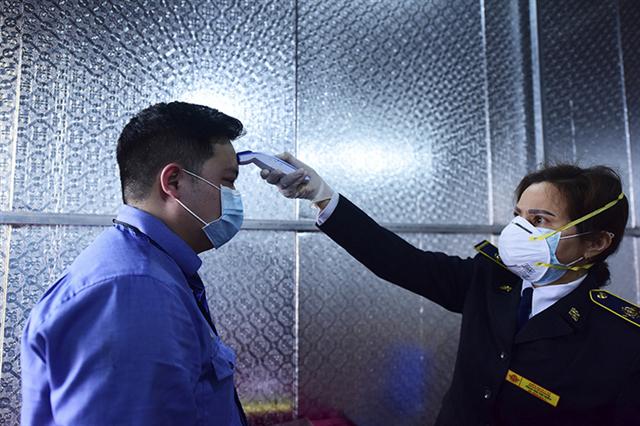
A railway medical staff checks the body temperature of one of the four people on the train.
|
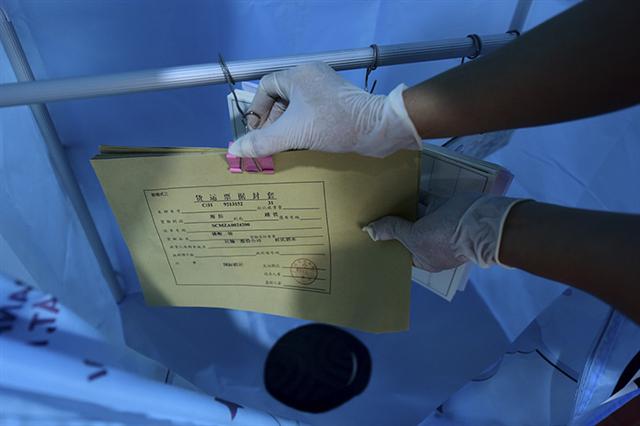
All import-export paperwork is placed in a sterilized dry cabinet to disinfection before they are sent to the customs office.
|

The four train staff proceed to a quarantined zone at the back of the station. They stay in two apartments measuring 30 square meters each. They are not allowed to go anywhere outside the quarantined zone.
|
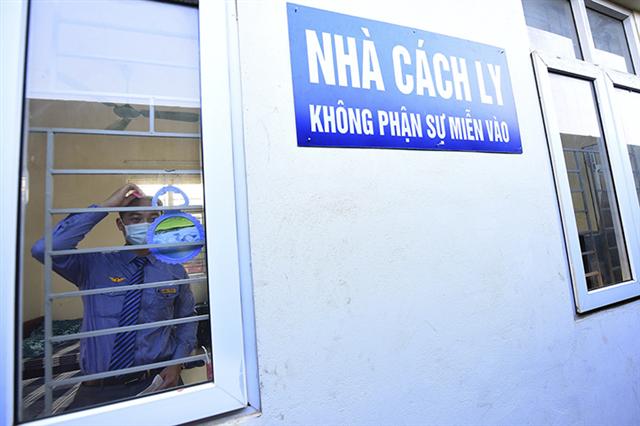
"The epidemic has scared people away but we just keep going. It’s a bit scary, but it’s our job so we just do it. Once the epidemic is gone, we can go home," said Khong Minh, 28, an assistant locomotive driver. After the deadly novel coronavirus broke out in China’s Wuhan City, Hubei Province, last December, Covid-19 has spread to 27 other countries and territories. Vietnam has so far recorded 16 infection cases, and seven have been discharged from hospitals. As of Sunday, the death toll had climbed to nearly 1,700, five of them outside mainland China.
|





